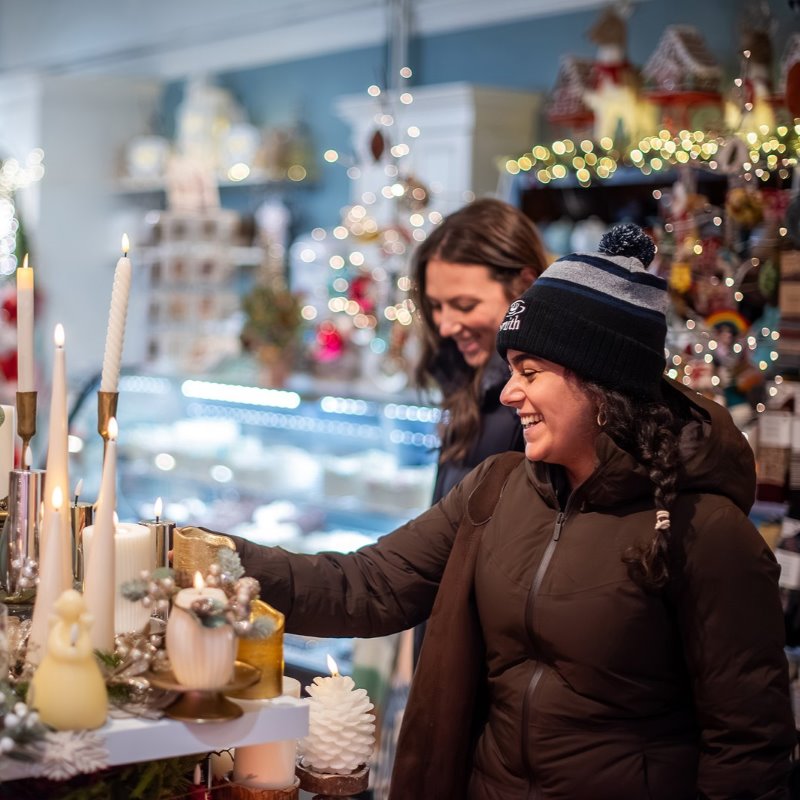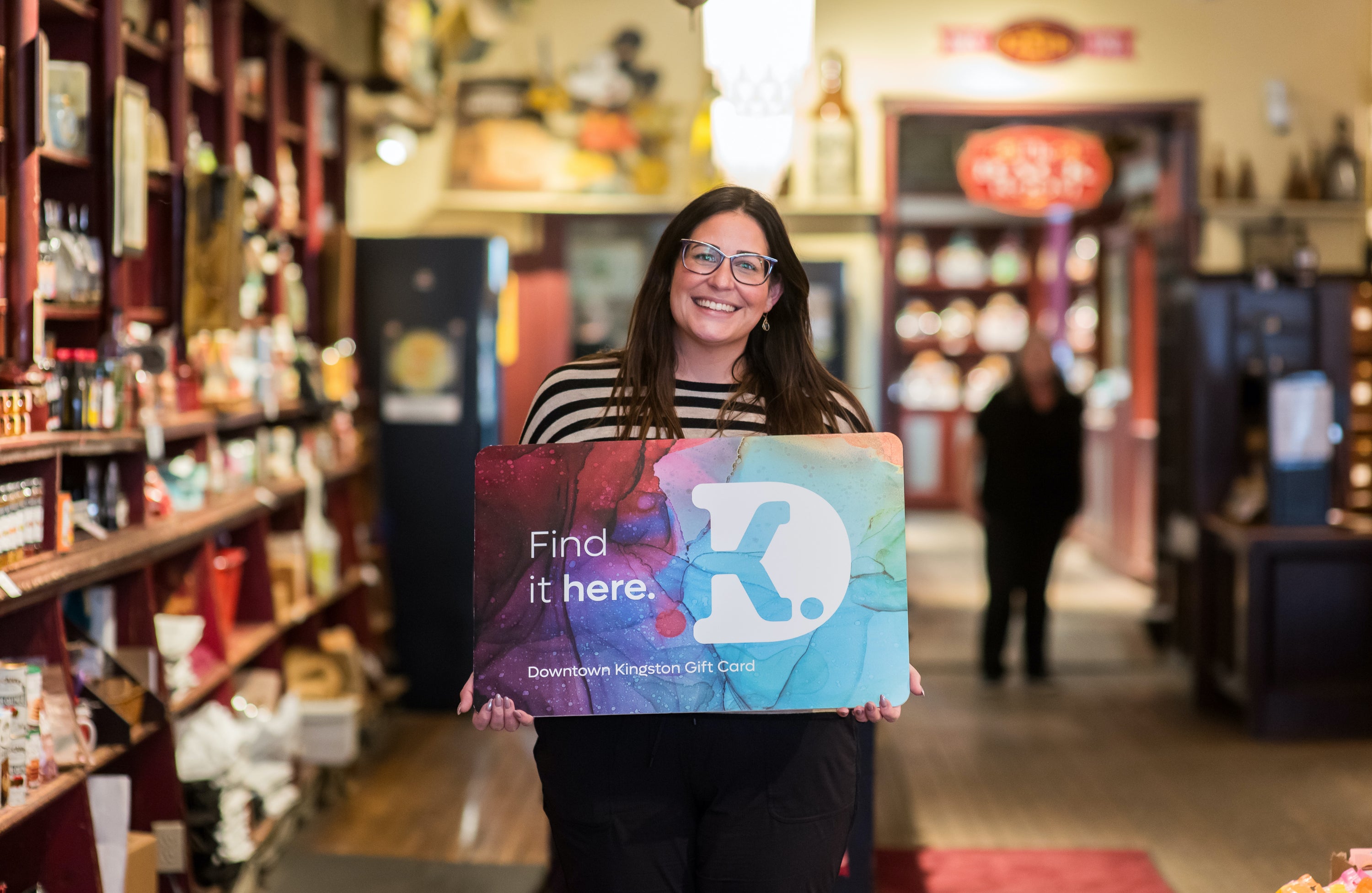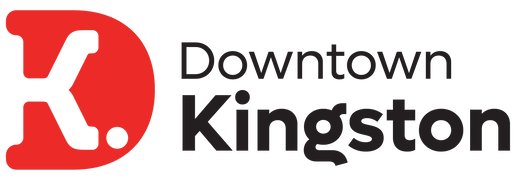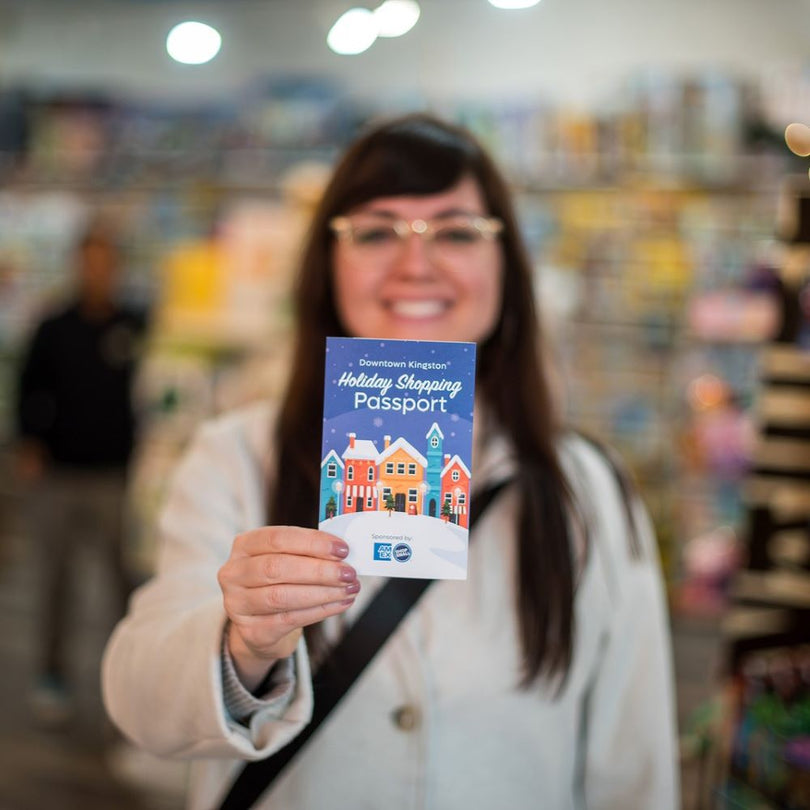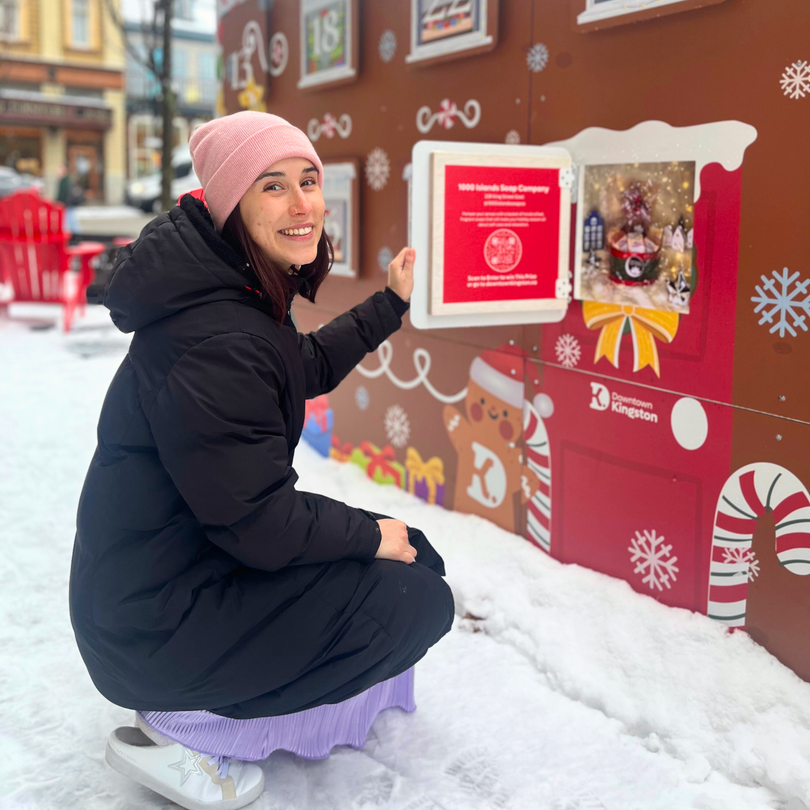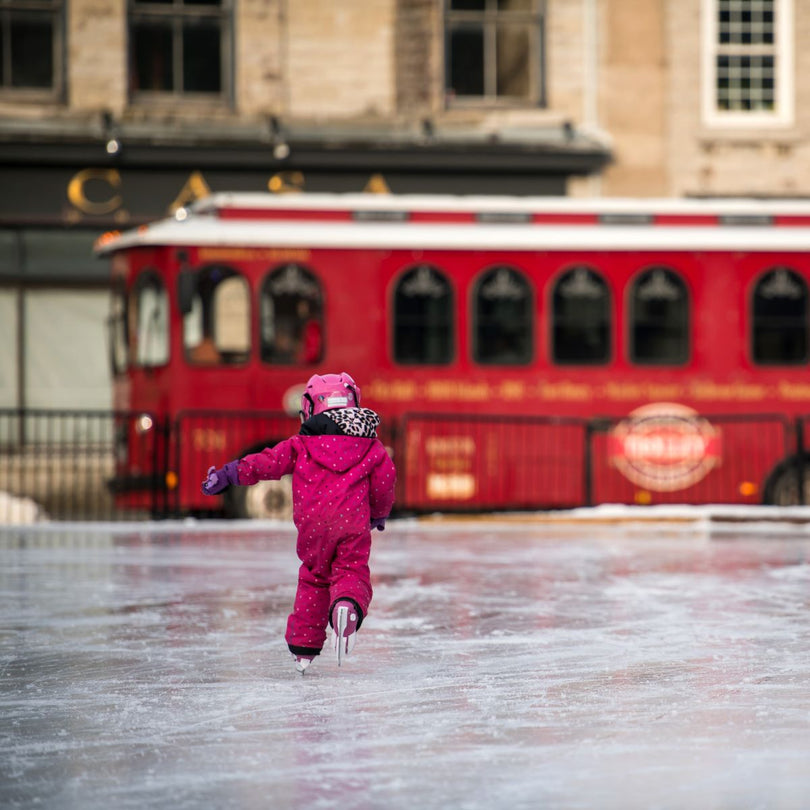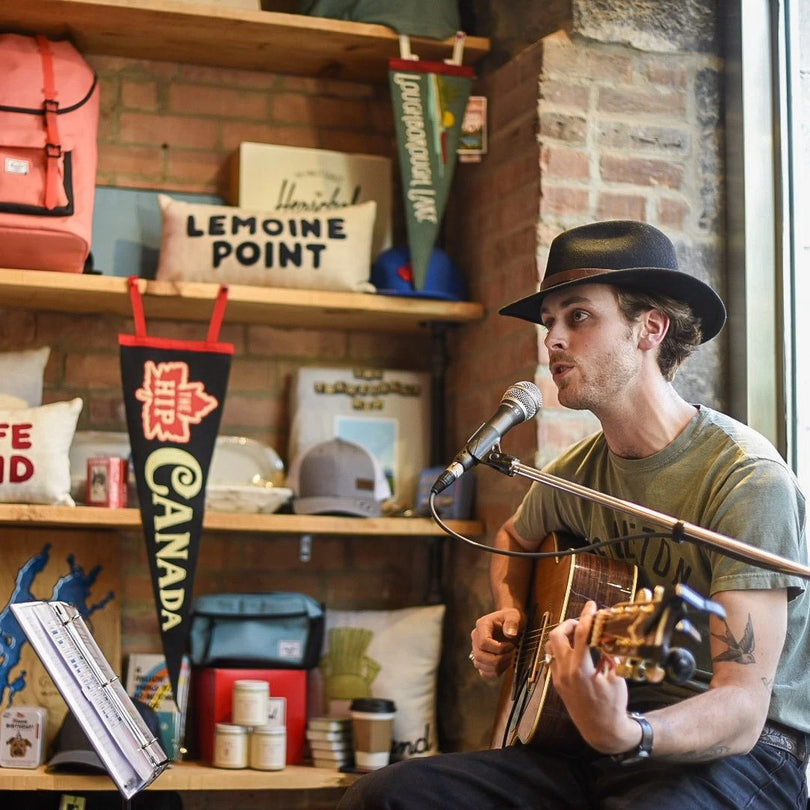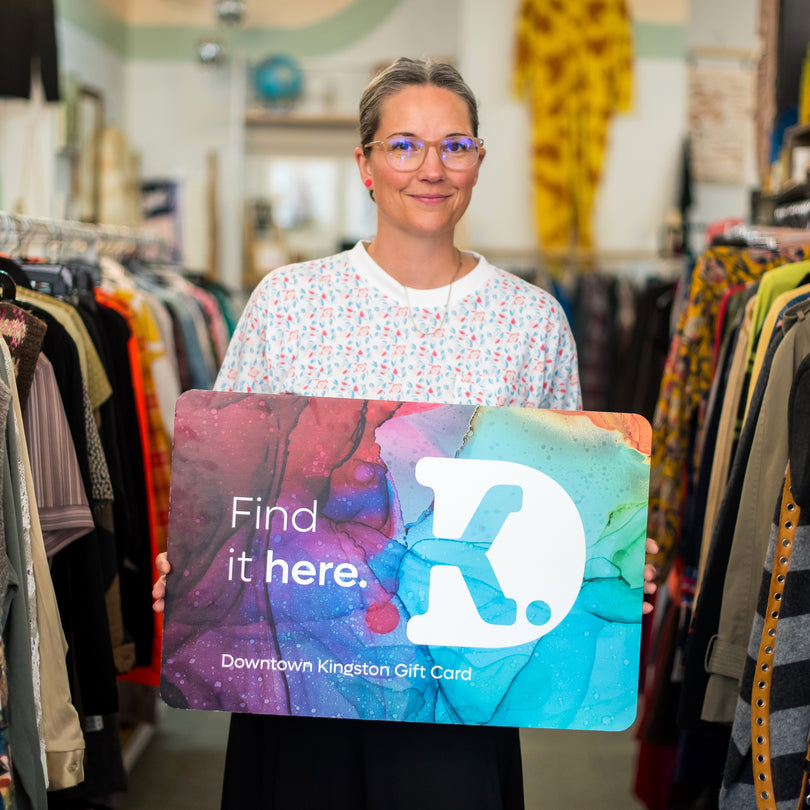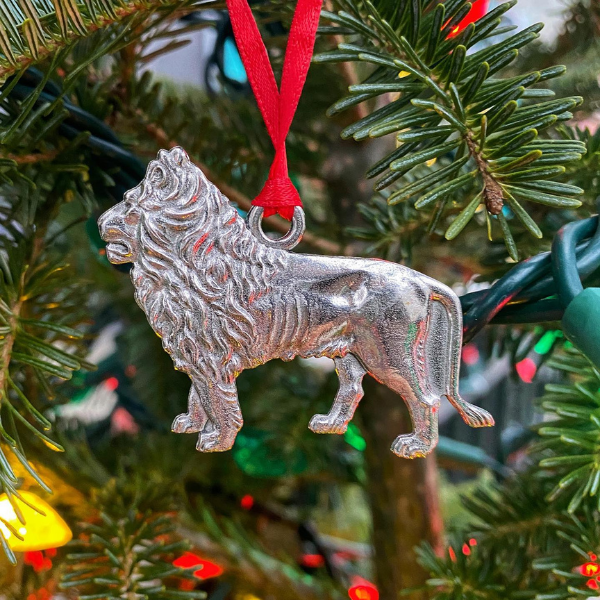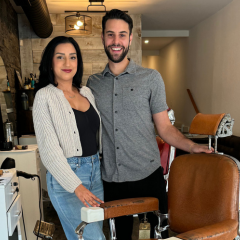Our Family’s Journey to Bulk Food Shopping Success
By Ange Buck
Tackling food was always such a looming, overwhelming aspect to my sustainability journey. Food in itself is such a big, overwhelming category in the day-to-day of a parent of a couple little boys, working full time. Finding time to grocery shop, meal plan, meal prep, keep plastic away from food, eat mindfully, find things locally sourced, eat the rainbow, avoid allergens for others, pack lunches, clean up after meals, and stock the fridge generally makes me feel exhausted just thinking about it!
It wasn't until I applied some of the things I had learned about sustainable living in general to the realm of food that things got easier. Trying something new is hard. I don't even like being in different grocery stores (is this an age thing?) trying to find my staple items. Shifting your lifestyle is hard. Sure, there might be some excitement driving a big start up and high motivation to begin with, but eventually it can turn into a grind, as humans love their habits and our brains find comfort in routine. I also had this larger-than-life perfection mindset I had applied for most of my life and really needed to shift to having some grace and expecting some failures, which is generally how I got my other sustainable habits to feel easier to approach and realistic for integrating them into my life long term. So I chilled a little bit, tried one thing at a time, and now I can look back and see how that helped me become successful over the months to a place where this feels easy and just what we do now.
So, if you can take anything away from this post, let it be the idea that you can just do things one at a time. If things slip or you hit a busy patch and you need to take a pause, don't throw it all away. Just take it for what it is - a pause, a learning experience - and hop back on the path when you can.
Step One: Get Set Up
Basically, you need to use up what you have first before you buy (consume) more - this is the most foundational concept for any sustainable approach you take in life. Round up your stock and eat it up before shopping for more. If minimalism taught me anything, it is that sales can seem great (especially with food these days, saving is great!), but then when you bring it home and see you already have six packages of something, it was a bit of a waste, especially if you can't eat it on time. I found I bought a lot that I didn't even end up eating (thank you sales) or I bought idealistic foods that just sat around. I would suggest starting with making some meal plans to help you eat up what you have.
The next thing to do in this "phase" is to collect some good packaging to support your bulk shopping. Rather than recycling it, I started looking at some packaging as being perfect for storing staples at home or for filling at the bulk shop. I saved my heavy duty plastics from my protein and collagen purchases. Spaghetti sauce, hot peppers, pickles, relish, jam jars - these containers now had a different purpose than being washed and set in the recycling bin (waste cycle). I used lemon essential oil to remove labels from glass and washed some a few times (especially the pickles and hot pepper jars) and started a little collection. I found that wide mouth, air tight jars were great for refilling and even though most of them were free, I have some jars that are my favourites now. In our house, we save regular mouth masons for home and personal care refills, and wide mouth for food storage/kitchen use/bulk foods refilling.
The last thing that I found useful during this stage is to start to mentally take stock of things that you use a lot. I found my first trips to the bulk shop one of those drinking from the ol' firehose scenarios where I saw a ton of things that I could refill that I used. But one reason I needed to walk away from sale shopping (if it wasn't something I needed) and shopping at Costco was the idea that just because it is available in bulk/on sale, doesn't mean that I will use it. In the past, I had purchased very large bags of things that were "a great deal" that I probably only needed a handful of or a smaller jar of. I bought massive bags of trail mixes and snacks that I didn't even really like. I would suggest paying attention to how much you consume certain things and what your staples are before heading out, consulting a list, and trying smaller amounts of things before stocking up.
Step Two: The Actual Bulk Shop Trip
Maybe you just want to pop in first and see what's there. We see so many new faces come into the refillery for just this - seeing what we have, considering what could work for the individual, asking questions, and feeling out the process. That's a good way to feel good about it; I find there seems to be a bit of a collective fear to doing it differently, like asking if a cafe will fill a cup or put our muffin in our own container. It is such a counter cultural way to do it, we definitely are right to feel a bit of worry and uncertainty. Depending on where you live, you may also have a variety of different bulk shops that exist and each one might be a little bit different. We don't have a frozen bulk option in Kingston at this time, and we don't have a lot of bulk shops that are independent and locally owned offering all items for package-free shopping. Every family eats different foods and not all bulk shops have organic options. So, you may want to check out your different shops and see what works best for you.
On my first trip, I had a couple of things I wanted to refill. I needed peanut butter and noodles (some really key staples in our home with our little boys). Filling peanut butter is very awkward and that was so hard to do at first. The noodles were easy, but I needed to think of a better route for my container as it was way too small for what we needed. I had a lot of little things that would shake out to be easier as I went along (which I'll chat about below) but to begin with, I tried just a couple to try out the procedure for the first time.
The Procedure: weigh - fill - weigh
The process is the same as in our shop for refilling home and personal goods. Be assured that you are not the first person to do this in the bulk food shop, but it is also okay to let them know that it is your first time filling your own containers. If it is a small shop like ours, they are going to understand and help you out as much as they can (as we do)!
1. Bring your containers to the counter to weigh first. Refilling takes a bit more time, so this step may mean you're waiting in a line a minute.
2. Place your jars on the counter for the clerk to weigh them. They will write the weight on your container. Depending on the shop, this might be a grease pencil (a pencil, usually coloured, that stays on the container through the washing process, in my experience) or a little sticker.
3. Fill your containers. Be cognizant that your container came from your own home, so try not to let it touch a spout, or a scoop, etc, and be sure to set the lid or jar down in an appropriate place when doing your refill.
4. Label your food. Depending on the shop, this can look very different. If I am at Bulk Barn (currently my only option in the Belleville area when I'm out on delivery for our shop), they tend to use stickers. I just write the bin number on the sticker. If they've used a grease pencil, I take a picture with my phone of the bin and tell them the bin number when checking out. Now that I know the people working at the bulk shops I frequent, I know which ones never need my numbers and then I don't write the bin numbers down at all.
5. Return to the checkout and pay for your food. The checkout process takes a bit longer as well.
Step Three: The Home Process
The third step (but maybe something you work out beforehand) is figuring out how to manage all of this at home without the traditional routine of buying a package, setting that package in the cupboard, then tossing the package when you're done with it.
When I first got going, I had followed the routine that I did for most of my bulk home and personal care refill shopping - I would have a "dispenser" at home and then filled it up from my backup vessel. While that worked well for shampoos and cleaning products, it wasn't really necessary or effective with food. I had started out decanting my food products into vessels that I thought I would use at home and then fill with whatever I had brought home from the bulk shop in my recycled vessels. This didn't really work, as generally I wasn't using a pump for these products (like shampoo or cleaning products) and so the fresh stuff was on top of the older food and pouring it out didn't really work for me. So, I just did what I did with packaged foods and finished up one package before opening the next, and that kept things simple.
After finishing up a jar or container of something, the washing process is the difference. For most things, the convenience of the process is where the waste is. The waste (tossing a package over and over) eliminates the washing process in modern grocery shopping. I won't tell you that bulk shopping is easier than the usual convenient high waste process, but I will tell you that it is worth doing and worth going back to some older ways of having more to do, but having a purpose behind the doing. I truly believe that simple living isn't always easier, but it brings those intrinsic feelings that you're living better and doing better really can lend a lot of satisfaction and some control over all the bad news in the world. It really does feel good to be doing good.
Once we’d washed our jars, we needed to have a collection spot to put them. For us, we reuse the jars in different ways in the kitchen, so generally we put the mason jars on one shelf and the bulk shopping jars on another. The masons we continue to use for food storage in the fridge (check out our plastic free fridge blog for more info on this; plastic free means we need those jars for storing our produce and leftovers generally) or I use them for sending food home with others or as my 'water bottle' (as I generally have a mason jar and a straw hanging out on my counter, or maybe two or three around the place for my daily water). When I get a bunch of jars hanging around, that means I've emptied a bunch of jars and need to go shopping soon. As we generally keep the same jars of foods in the same spots (snacks, a pantry wall, a grain shelf, etc.) I go through those spots to make my list. Usually I have certain jars I like to refill for certain things (like our peanut butter, for example) which has just been a preference that I've managed over time doing this stuff, but I look at my list and the jars I'm bringing and make sure it makes sense. Or, I just stuff a bunch of jars in the bags and have a vague idea of the general stuff we buy, which happens sometimes, too.
Another system that works well for others I've chatted with about this is a bin, box or bag that is specifically for the bulk food shop. Once a jar is emptied, the clean jar goes in there with a label of what needs to be replaced, or the jar in the bag with the item written on a phone or physical list for the next bulk shop.
Some Bulk Food Shopping Tips:
1. Bring some extra smaller jars for the purpose of trying something. After shopping this way successfully for over a year now, there are still things I want to try. Buying just a little bit of something means it really isn't a big deal if you don't love it, there is less to use up.
2. Freeze sale items so that you can stock up on staples if needed. We eat a lot of nuts and seeds in our home (thankfully bulk shopping can be a route to eating some more simpler foods) and these tend to be the most expensive items at times. So, if there is a sale on nuts, chia seeds, hemp hearts, or even nut butters, I stock up. It can be hard to keep a tab of sales, so I usually have a few cloth produce baggies in my bulk bag. If there is a sale, I can grab a bunch and decant them into jars with an air tight lid to freeze once I'm home. We live a bit further out in the country, so we have a freezer that we can do this with, but generally nuts and seeds shouldn't be kept at room temperature for beyond six months (especially if it is humid or hot) before they begin to turn towards being rancid, so that's something to keep in mind.
3. Don't rely on jars that aren't air tight or cloth bags for long term storage. I think the only thing I've successfully found fine after being stored in a cloth bag for a bit was pasta noodles. Cloth bags can be awesome for filling at the shop and are much more compact, but definitely transfer once you're home for food freshness.
4. The further you go, the more you'll see that you can do. We now have a few deli counters that are happy to put our meat into our own container (we hold the container, they place it in after weighing it and we stick the weight sticker on the lid). We also use the freezer for deli meats, as that way I can stock up at shops that let me do this. This might feel weird, but go for it - all they can do is say no; generally I find small businesses are cool with this stuff as they can figure it out, are willing to go that extra bit, and it does save them money for people to not require their packaging.
5. Bring your kids! Kids can get in on learning these new ways of shopping, and we make it fun by bringing a small jar for them. We review the key things before heading in (looking with our eyes, not our hands!) and if they can manage to help refill and keep things rolling well, they can fill their own little jar at the end of the trip.
If you’re interested in some of our bulk shop staples for our home and our kid’s lunches, check out our blog at harlowegreen.com or our Instagram highlights!
Harlowe Green
Indepedent + locally owned refillery
Where: 90 Brock Street, Kingston, Ontario
Ange Buck
A farm girl and graduate from the University of Guelph, Ange is a nature lover and environmental activist. A local entrepreneur, she’s interested in re-learning old ways that are more in tune and connected with the Earth. As a mom to two wild little boys, she shares their behind-the-scenes family journey to low-waste living in a rural area outside of Kingston on her social media and blog, Zero Waste Adventures.
